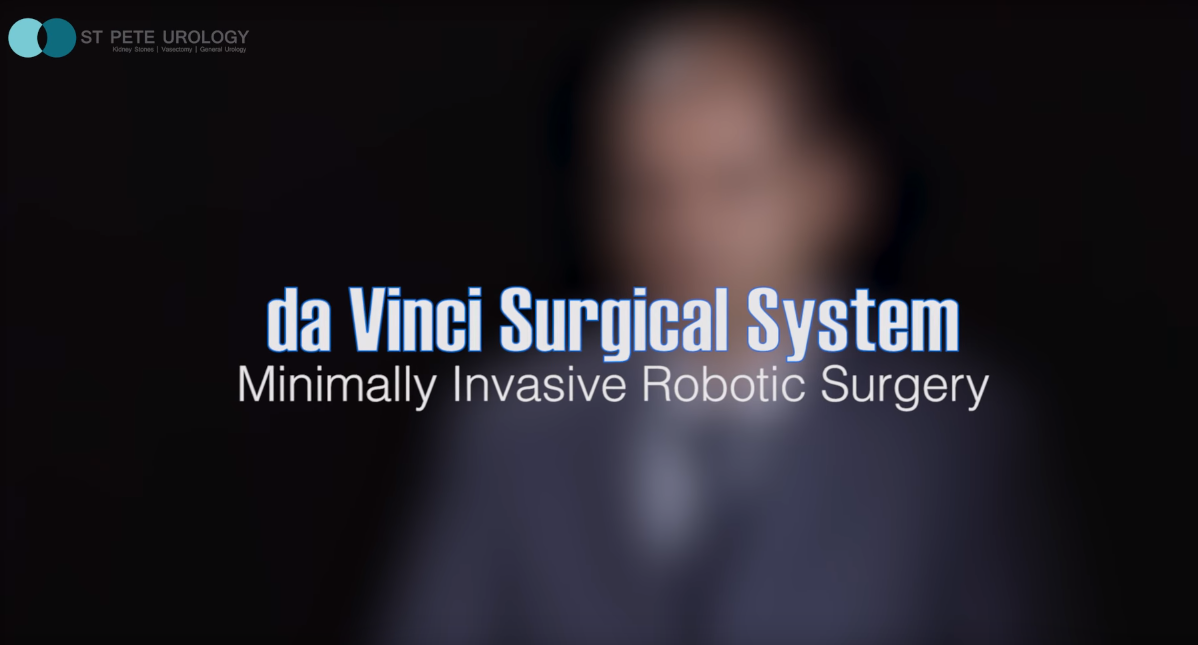Key Takeaways:
- Erectile Dysfunction (ED) affects men of all ages and can have a range of physical and psychological causes.
- Consulting a Urologist is an important step in finding the right treatment for ED.
- St. Pete Urology offers a range of treatments from lifestyle changes and medications to penile prosthetics. They provide insights and support to help patients make informed decisions about their treatment options.


“Erectile Dysfunction, or ED as we commonly refer to it, is a prevalent issue among men, both young and old,” explains Dr. Nicholas Laryngakis, a board-certified urologist with St. Pete Urology. This medical condition, which is more common in elderly patients, affects the lives of many. However, recent observations reveal that younger patients are not immune to this issue. Are you one of the many trying to navigate the often-unspoken difficulties of this condition? Let’s understand the roots of this condition.
Delving into the Causes of ED
The causes of Erectile Dysfunction range across various physical and psychological factors. “It can be due to poor blood flow into the penis or issues with the blood maintaining in the penis,” Dr. Laryngakis shares. Sometimes, a psychogenic component may also lead to Erectile Dysfunction. Don’t let these ED causes deter your journey to a healthy sexual life; understanding is the first step towards finding a solution.
Seeking Professional Help: An Important Step
Choosing to consult a specialist shows your commitment to address any health concern, particularly one as delicate as ED. Dr. Laryngakis and his skilled team at St. Pete Urology are available to guide you through the different stages of ED treatment. “We see patients for Erectile Dysfunction who have either come to us primarily or have exhausted all other options with other physicians,” explains Dr. Laryngakis. Consulting a Urologist is a move towards the right direction, towards reclaiming your health and happiness.
Exploring the Various ED Treatments
St. Pete Urology offers an array of ED treatments, starting from lifestyle changes like diet and exercise to improve erectile function. If non-medicinal methods are unfruitful, medications become necessary. However, if other medications fail, diverse tools such as a vacuum erection device, a urethral suppository or a penile injection may be used to induce an erection.
One of the last resorts is a penile prosthesis which, as Dr. Laryngakis describes, is a “device that is implanted to give the patient an erection when they want to. It’s a permanent internal device and usually, it’s an inflatable penile prosthesis to achieve erections.” This may feel daunting, but remember – it’s a common device used in the United States, and it significantly improves patients’ quality of life.
Entrust Your Health to the Right Hands
Finding the right ED treatment is not a solitary quest. The team at St. Pete Urology, led by Dr. Laryngakis, will walk the journey with you. They provide the insights and support you need to make informed decisions about your treatment options. “At St. Pete Urology, we help patients make the right decision for why they should choose a specific treatment,” assures Dr. Laryngakis.
Your journey to reclaim your health begins here, right in the heart of St. Petersburg, FL. The dedicated team at St Pete Urology understands the intimate nature of ED and is committed to helping you navigate through the various ED treatments available. Your wellbeing is their priority; let them guide you towards a healthier, happier life.
References:
- St Pete Urology. (2013, January 2). St. Pete Urology | Urologists in St Petersburg, Florida. St Pete Urology. https://stpeteurology.com/what-is-the-cause-of-erectile-dysfunction/
- St Pete Urology. (2023, June 12). St. Pete Urology | Urologists in St Petersburg, Florida. St Pete Urology. https://stpeteurology.com/is-erectile-dysfunction-treatable-exploring-modern-treatment-options/
- And, D. (2023, September 25). Symptoms & Causes of Erectile Dysfunction. National Institute of Diabetes and Digestive and Kidney Diseases; NIDDK – National Institute of Diabetes and Digestive and Kidney Diseases. https://www.niddk.nih.gov/health-information/urologic-diseases/erectile-dysfunction/symptoms-causes
- Nall, R. (2015, March 12). 5 Common Causes of Impotence. Healthline; Healthline Media. https://www.healthline.com/health/erectile-dysfunction/common-causes-impotence#takeaway
- Erectile dysfunction. (2020). Nhsinform.scot. https://www.nhsinform.scot/illnesses-and-conditions/sexual-and-reproductive/erectile-dysfunction-impotence





